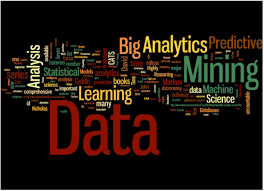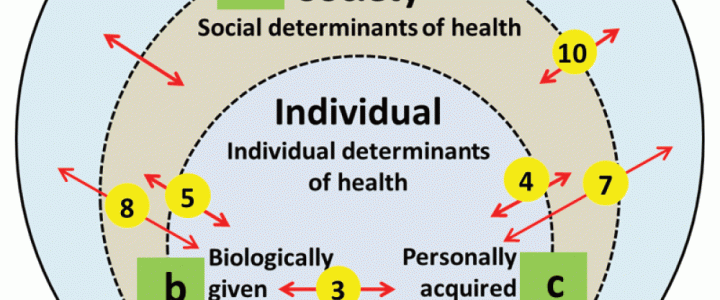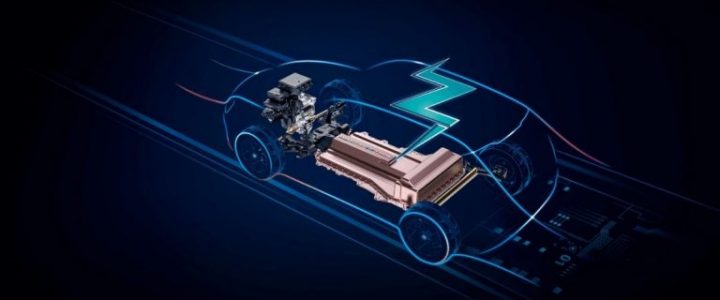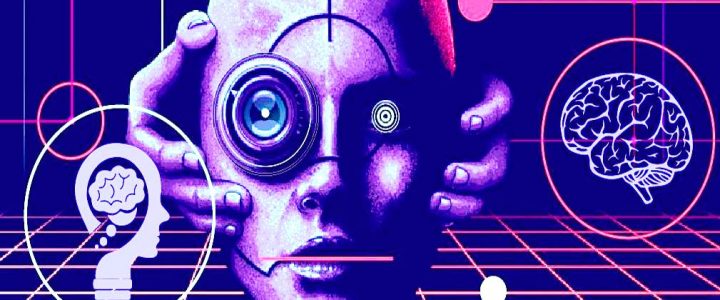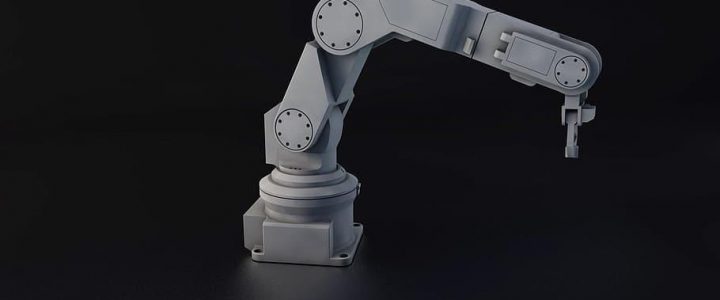SELEZIONE PER il conferimento di n. 2 assegni per attività di tutorato e didattico-integrative propedeutiche e di recupero DA DESTINARE A studenti del Corso di Laurea Magistrale in Mechatronics Engineering e del Corso di Dottorato in Ingegneria Elettronica dell’Università degli Studi Roma “Tor Vergata”
Bando_tutorato_Mechatronics 2022
DEADLINE: 03/10/2022
 UNIVERSITA' DEGLI STUDI ROMA "TOR VERGATA"
UNIVERSITA' DEGLI STUDI ROMA "TOR VERGATA"